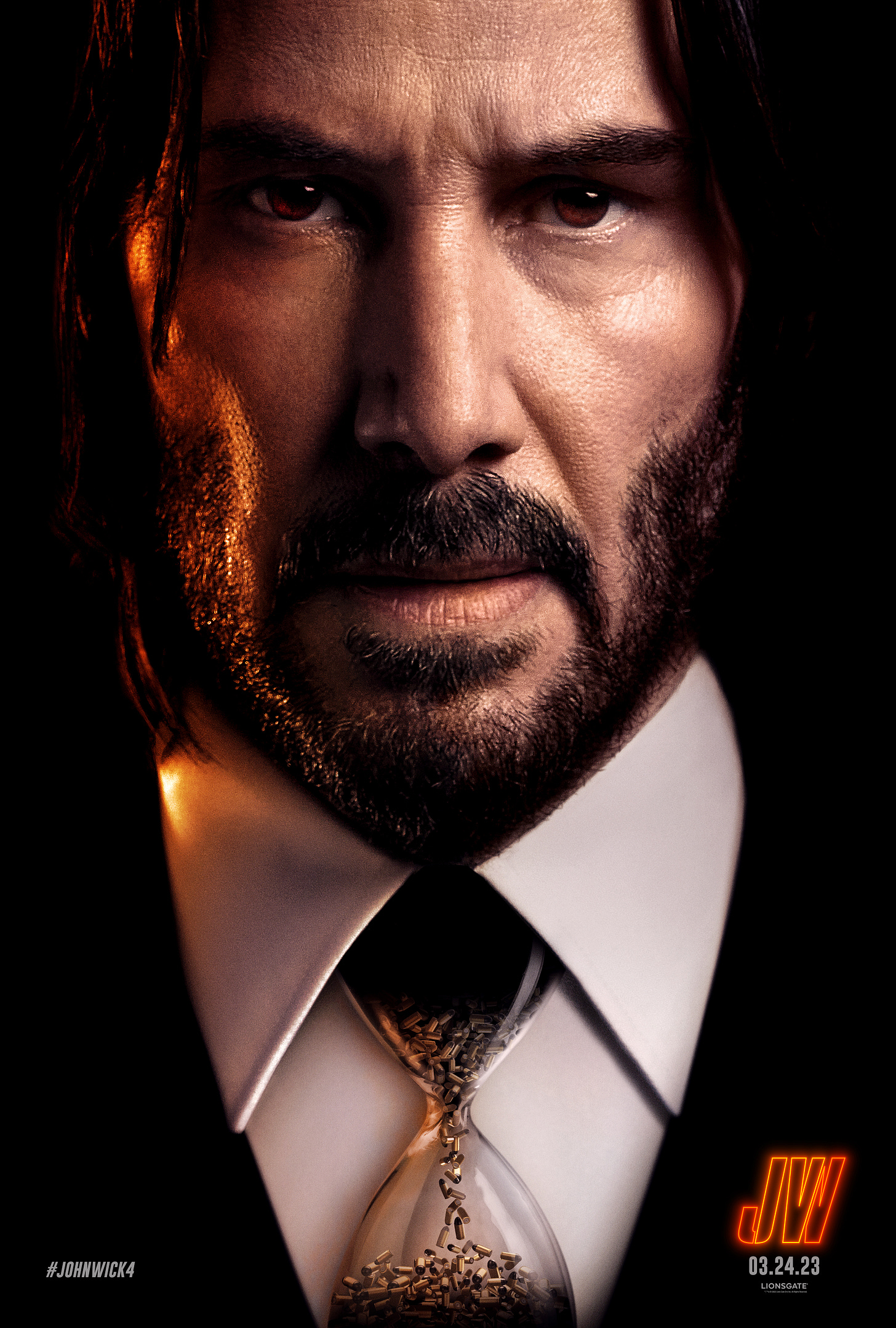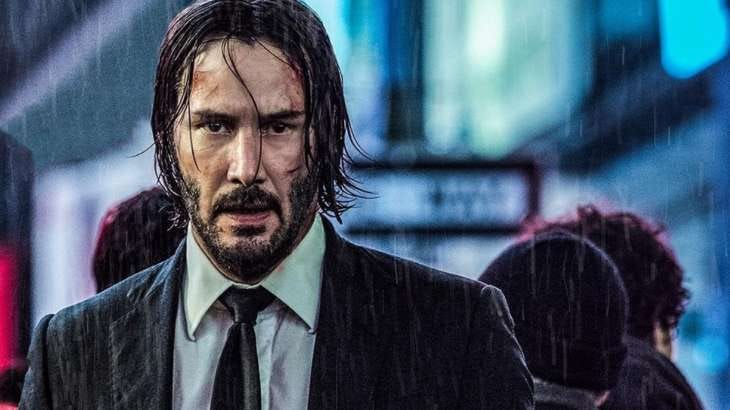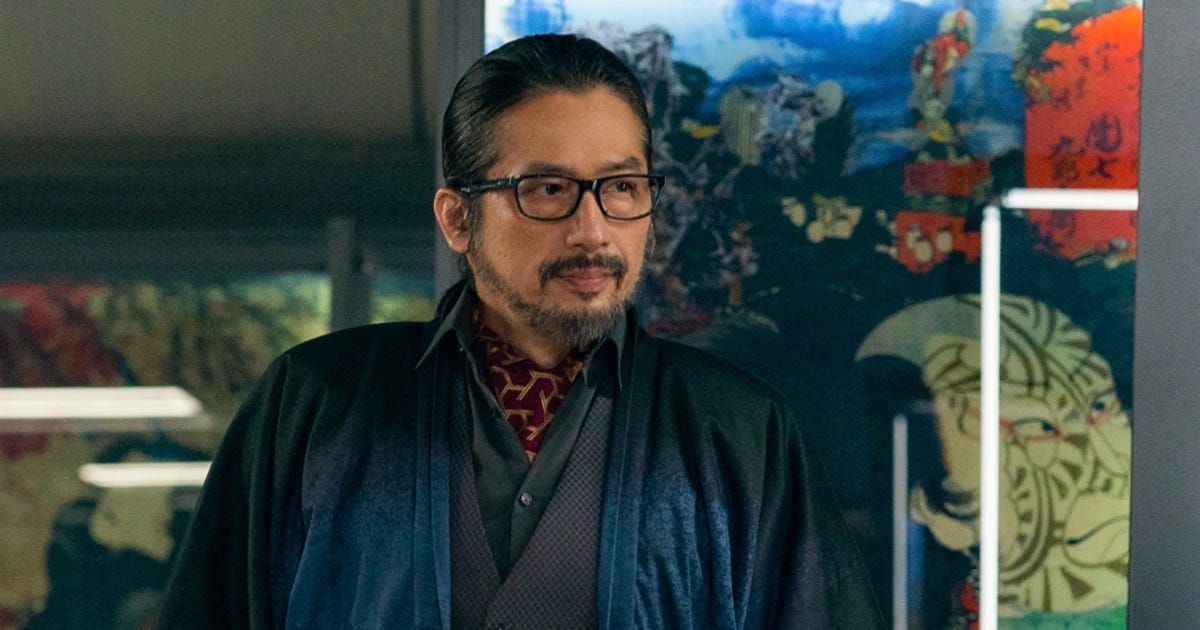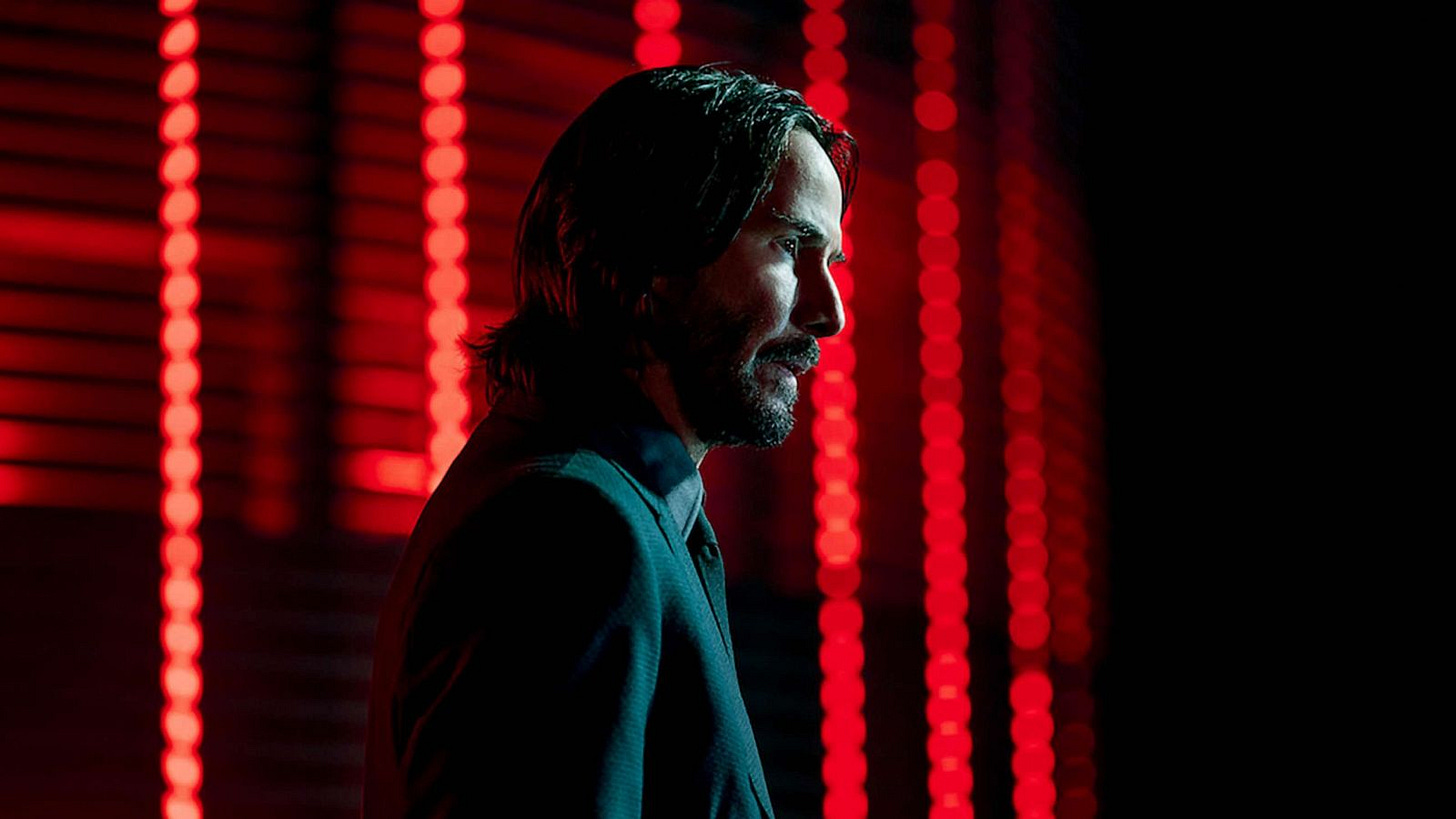(WARNING: Spoilers for the entire John Wick franchise)
When the first film of the John Wick franchise first debuted, it was a breath of fresh air for the action genre. By 2014 the action genre had been diluted by direct-to-video schlock and big-budget sci-fi infused flair such as The Hunger Games and the MCU. John Wick was a response to the carelessness the genre had been seeing in recent years, a slick, simple action thriller built around intriguing characters and allowing us to glimpse a world that had never been seen before. Through the following three sequels, this back-to-basics approach to action was fundamental to the success of the series, and while the setpieces grew larger and more bombastic, the technical aspects of the fights kept the films grounded while allowing the world to expand exponentially. It is in this expansion of the world and the grounded, brutal nature of the fights that the series is able to create the modern equivalent of a Greek hero in our protagonist.
At the core of its story, John Wick is a tragedy. A man who gave up his entire way of life to be with the woman he loves only to lose that woman, and then lose the last act of love that woman gave to him. It is this final act, the killing of Wick’s dog, that breaks him completely and robs him of any choice at resurrecting a simple life. It was no chance encounter that led to his return to the underworld, for in the world of John Wick there are no chance encounters. Everyone is an assassin in disguise, everyone is an enemy ready to pounce. It was destiny that John was to return to his past life, and it was a tragic follie for him to believe otherwise.
Even throughout the first film, John refuses to accept the inevitable. Throughout the film he is asked if he’s working again, if he is “back” to which he has no answer at first. It is only as the film progresses and John is able to crawl back into his old skin like a well-worn suit that he is able to accept that not only is he back, but he is here to stay, and to tear down the world that has betrayed him once again. He is constantly aware that what he is doing goes against much of his training, and the ways of the underworld. In the first film he attacks his previous mentor, in the second he kills on Continental ground (one of the few laws of the world), in the third he attempts to thwart excommunication, and in the fourth he attacks the High Table itself. It is through this progression of aggression that we see the real legend of John Wick born, and how the tragedy of his life is turned on the entire world.
John is pulled back into the world of murder and brutality not because of rage or revenge, but because it was preordained. John is cursed to commit this Sisyphean act of killing and running and killing, an endless surge of nameless goons, for his defying of the Gods known as the High Table. Just as Sisyphus had defied the Gods by tricking death twice, John had defied them by attempting to leave their world in any way other than a body bag. The two deaths that should have fallen upon John are then beset on his wife and his dog, and for this act, John Wick may never rest again.
The world of John Wick is structured rigorously around the rules. There is no bending or breaking of the laws set by the high table. You will honour your markings, bend the knee, and not do business on Continental ground. But we know immediately that John Wick is there to disrupt and shatter the established order, to fight the self-made Gods that are the High Table. The first character we meet at the Continental is Charon (the late, great Lance Reddick), named after the Greek figure who chartered souls to the underworld. Simply reentering the Continental dooms John Wick to damnation. And if he is going to be damned he’s going to bring the entire structure down with him.
“The rules are what sets us apart from the animals” is stated multiple times by Winston (Ian McShane), the manager of the New York Continental. While this is true, throughout the franchise we see it has the opposite intention that Winston had meant. Animals throughout the John Wick franchise are seen as loyal and loving, while people are backstabbing and conniving. Dogs are the constant companions of various characters, from Nobody to Maria, and are to be protected at all costs. The characters who are more loyal, are “like the animals”, and may be punished for these acts of charity (such as Marcus and Shimazu Kodi) but they are more honourable than the other characters seen. When you follow the rules, you betray your humanity.
The purpose of John Wick is to shake the foundations on which the world has been built. Every character bends the knee to the High Table, they are bound by their archaic rules and laws that benefit only the High Table. By the end of the series, while the High Table still stands, it has been fundamentally changed. The Bowery King and Winston, both having been punished for transgressions in the third film (transgressions which they only made out of self-preservation) are now close to full-on rebellion against the order. Other characters introduced in the final installment, such as Nobody and Caine, while not in active rebellion are more than able to see the failures of the current order. By the end of the series, the world has changed and will continue to change, because of the sacrifices of John Wick.
The shaking of the world, the challenging of the Gods of the High Table, keeps John Wick alive. He is not mortal when he is up against the seemingly endless powers of the High Table. He moves from local legend to a Herculean specimen, and transforms from John Wick to the mythical Baba Yaga. It’s in the brazen acts of defiance that he undergoes this transformation, as the legend of him grows with the world we are shown so does his power grow. He goes from a man, broken and tragic, to an unkillable God in his own right. You can not kill a myth, for as long as it still exists in the words people speak it still lives. As long as people in the world of John Wick know his name, he too will live forever.
It is in this transformation, in finally taking on the legend of the Baba Yaga in the final film, that John Wick the man is able to finally die. One of the final setpieces in the franchise, the stair-climbing sequence, mimics that of the tale of Sisyphus. The stairs, a seemingly endless task, an impossible win that will only push him down when he achieves any progress, with Wick himself being the stone that rolls back down. But in this tale our Sissyphus is given freedom through the honour of a friend, Caine, and the honour of a stranger, Nobody. Our hero defeats the hill of Tattarus and on the top of that hill proceeds to defeat the personification of death itself (The Marquis as played by Bill Skarsgard). The franchise is taking the old myth and making it anew for a modern audience. The pain and the struggle exist, and the outcome is still ultimately death, but the victory lives on. The victory of being able to return to his wife, his dog, and his normal life. John Wick the myth lives on forever, John Wick the man returns home.







